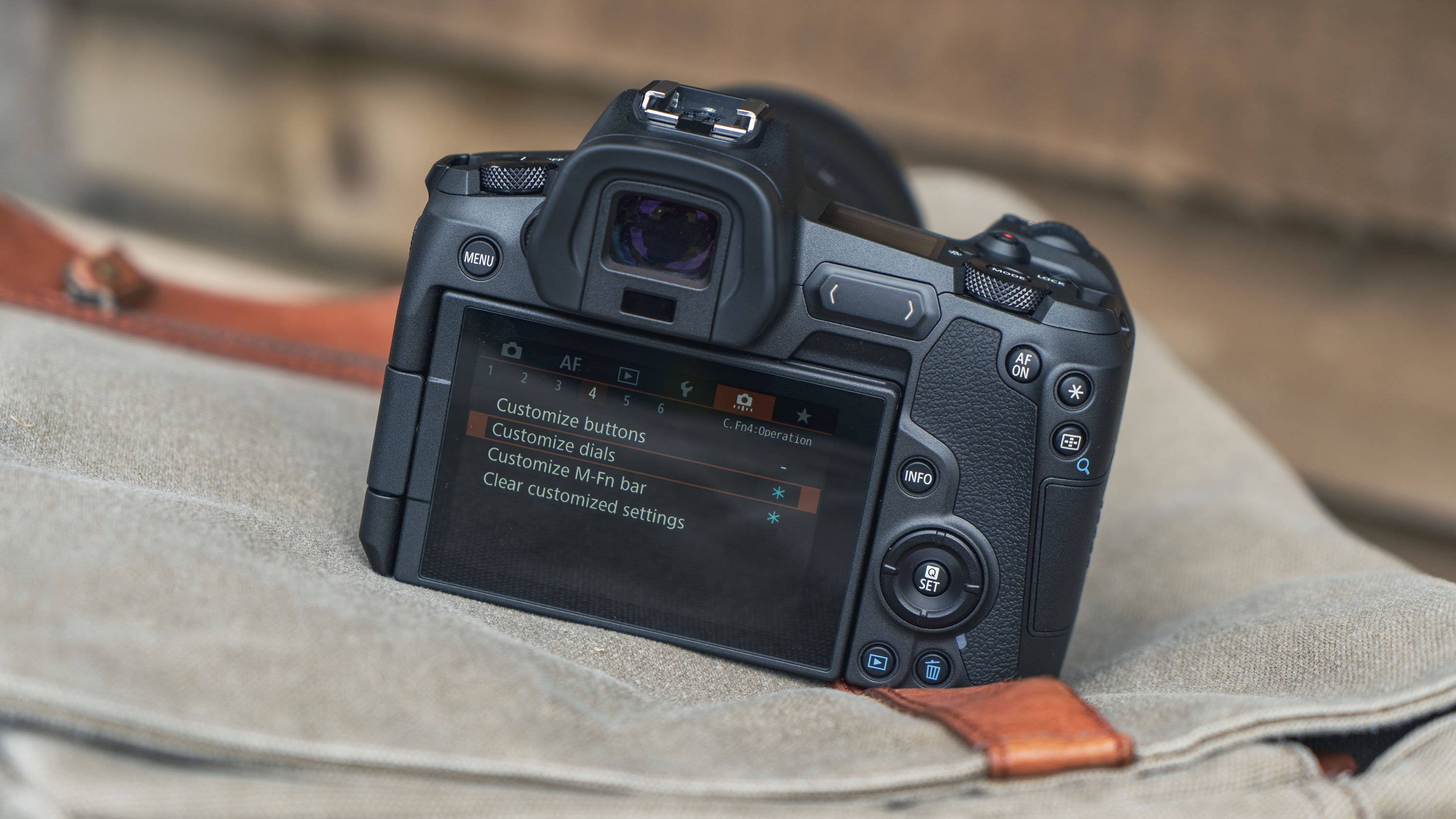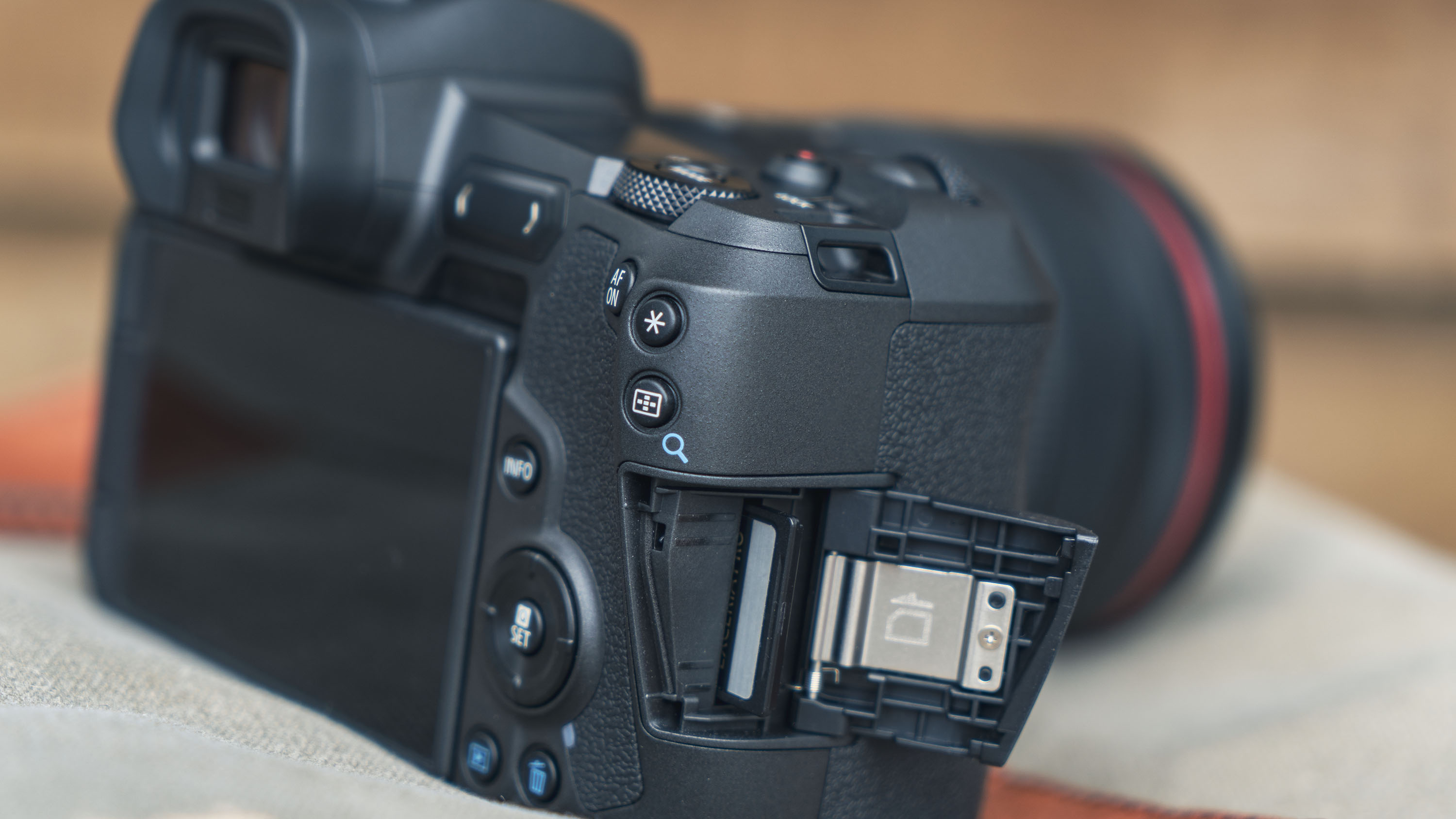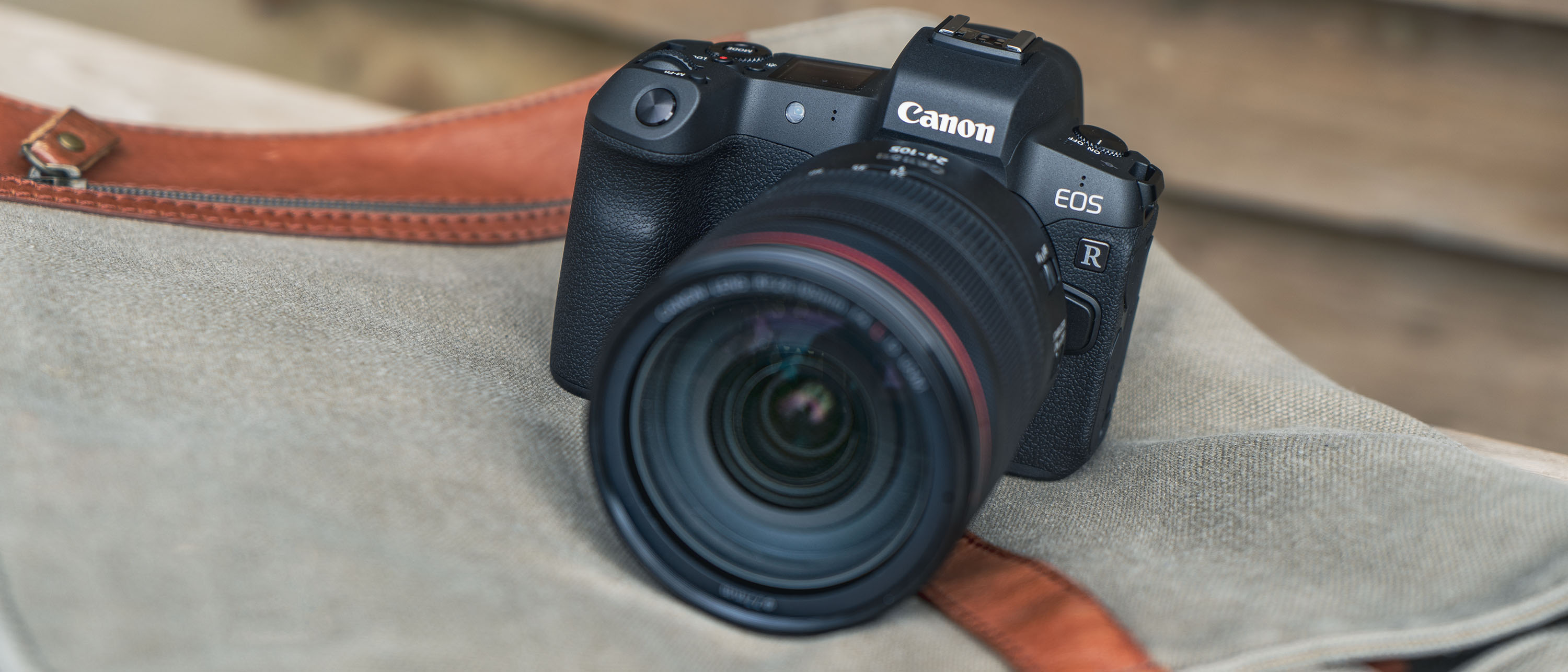TechRadar Verdict
The Canon EOS R is a very capable camera, and should satisfy many EOS DSLR owners looking for a solid mirrorless alternative. If we weren't bound by a system, however, it would be hard to pick the EOS R over its rivals, especially when you consider the price premium over the likes of the excellent Nikon Z6 or Sony Alpha A7 III. Things could well change with the next model though, when Canon has had the opportunity to smooth out a few rough edges.
Pros
- +
Great handling
- +
Excellent AF performance
- +
Lovely touchscreen
- +
Top-plate LCD is very versatile
- +
Decent electronic viewfinder
Cons
- -
No great size advantage over an EOS DSLR
- -
Value of M-Fn control debatable
- -
No AF joystick
- -
4K video limitations
- -
Single SD card slot
Why you can trust TechRadar
The EOS R is Canon's first full-frame mirrorless camera, designed to tempt you away from the likes of Nikon's new Z6 and Sony's brilliant Alpha A7 III.
While Canon has already dipped its toe into the mirrorless waters with its modest range of APS-C sensor-based EOS M cameras, including the EOS M6 and EOS M5, the EOS R is the debut model in a new line of full-frame mirrorless cameras, based on a new lens mount that will be known as the RF mount.
Despite there being lots of newer Canon EOS R models, if you're looking for a bit of a bargain, the original EOS R remains as one of the best Canon cameras.
Canon EOS R review: features
- 30.3MP (effective) full-frame sensor
- New RF lens mount
- 4K video recording
The EOS R uses a full-frame 30.3MP sensor without an optical low-pass filter. If that sounds familiar it's because Canon's EOS 5D Mark IV DSLR shares the same pixel count, although Canon stresses this isn't the same sensor. We suspect it's very closely related to the chip used in the EOS 5D Mark IV though, which is no bad thing as it's one of Canon's best performing sensors.
Sensor: 30.3MP full-frame CMOS sensor
Lens mount: Canon RF mount
Screen: 3.15-inch tilt-angle touchscreen, 2,100,000 dots
Burst shooting: 8fps
Autofocus: 5,655-point AF
Video: 4K
Connectivity: Bluetooth and Wi-Fi
Battery life: 350/370 shots (EVF/LCD)
Weight: 660g with battery and memory card
There's also a new DIGIC 8 processing engine and a healthy native ISO range of 100-40,000, which can be expanded to settings equivalent to ISO50 and 102,400 – matching the EOS 5D Mark IV exactly.
Like Nikon with its new Z range of full-frame mirrorless cameras, Canon has opted for a new lens mount for its R range (we're assuming there will be more) of mirrorless cameras. The new RF mount shares the same throat diameter of 54mm as Canon's EF lens mount, but has a considerably shorter flange distance (the distance from the rear of the lens to the sensor). This has dropped from 44mm to 20mm, though it's a little longer than Nikon's Z mount flange distance of 16mm.
Four new RF lenses are being launched alongside the EOS R: the RF 24-105mm f/4L IS USM, RF 28-70mm f/2L USM, RF 50mm f/1.2L USM and RF 35mm f/1.8 IS STM Macro.
Sign up for breaking news, reviews, opinion, top tech deals, and more.
As you'd expect, you'll be able to use your Canon EF lenses on the EOS R via an adapter, but rather than launch one variant Canon's launching four different adapters. There's the simple (and cheaper) EF-EOS R mount adapter, the EF-EOS R mount adapter with control ring (more on that in a bit), EF-EOS R mount adapter with a built-in circular polarizing filter, and the EF-EOS R mount adapter with a built-in variable neutral density filter.




Interestingly, Canon has also opted to omit in-body image stabilization, something that rivals Sony and Nikon offer in their full-frame mirrorless cameras. Canon's argument is that it's better to tailor the IS to a specific lens rather than a one-size-fits-all approach, which would also mean a larger camera footprint. That said, two of those new RF lens don't feature any form of image stabilization at all.
The EOS R is surprisingly only the third EOS camera to feature 4K after the EOS 5D Mark IV and EOS M50. However, while rivals offer full recording across the sensor, the EOS R is compromised a little here with a 1.7x crop factor, which will make wide-angle framing difficult. There's a choice of 30p or 24p however, while Full HD video can also be shot at up to 60p.
Canon has opted to stick with SD cards for the EOS R, with a single UHS-II compatible slot available
The electronic viewfinder (EVF) on the EOS R features an impressive 3.69-million dot resolution and a magnification of 0.76x, so while it matches the EVF in the Nikon Z7 and Z6 for resolution, it can't quite match the 0.80x magnification offered by its Nikon rivals.
The EOS R's EVF is complemented by a large 3.15-inch vari-angle touchscreen at the rear of the camera, with a decent 2.1-million dot resolution.
While Nikon sparked some controversy by implementing a single XQD card on the Z7 and Z6, Canon has opted to stick with SD cards for the EOS R, with a single UHS-II compatible slot available.
If you're an existing Canon user who's planning on using the EOS R alongside your existing kit, you'll be pleased to know that the EOS R is compatible with Canon's LP-E6 battery, which is used by numerous EOS DSLRs. The EOS R itself is supplied with the LP-E6N battery, which allows for in-camera charging.

Phil Hall is an experienced writer and editor having worked on some of the largest photography magazines in the UK, and now edit the photography channel of TechRadar, the UK's biggest tech website and one of the largest in the world. He has also worked on numerous commercial projects, including working with manufacturers like Nikon and Fujifilm on bespoke printed and online camera guides, as well as writing technique blogs and copy for the John Lewis Technology guide.
